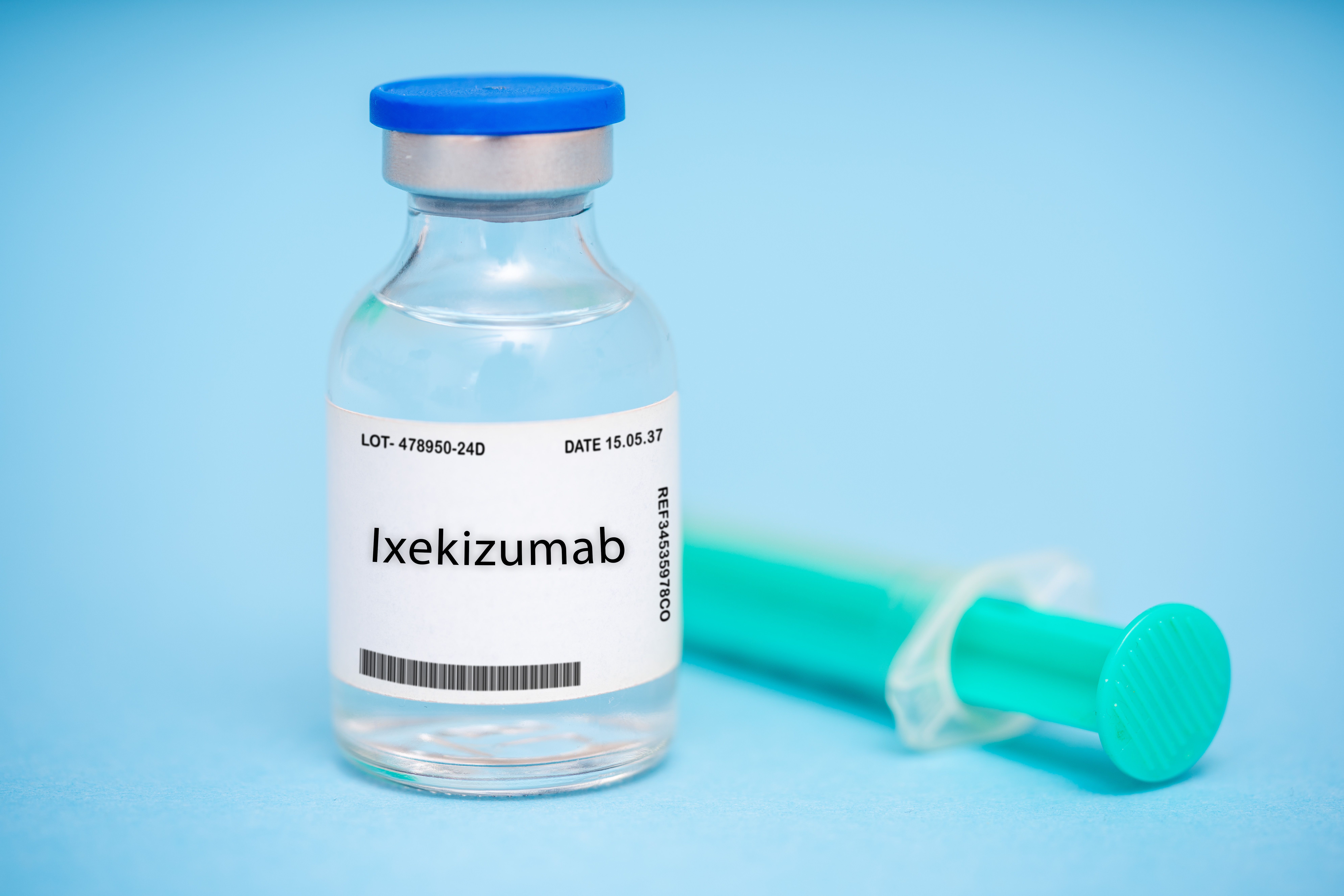- Center on Health Equity & Access
- Clinical
- Health Care Cost
- Health Care Delivery
- Insurance
- Policy
- Technology
- Value-Based Care
Ixekizumab Induction Boosts Psoriasis Response, May Lower Drug Survival
A real-world study in Spain finds faster improvements with induction therapy but highlights long-term drug survival challenges.
Ixekizumab (Taltz; Eli Lilly and Company), an IL-17A inhibitor for moderate to severe plaque psoriasis, may deliver faster symptom relief when used with an induction phase, a study finds.1 However, patients receiving induction therapy showed lower long-term drug survival, potentially due to higher baseline disease severity.

This observational multicenter study is published in the Journal of Clinical Medicine.
“The findings of this study provide valuable insights into the differential outcomes of ixekizumab in patients with moderate to severe plaque psoriasis, particularly when comparing induction versus noninduction treatment regimens,” the researchers wrote. “Notably, patients who initiated therapy without induction...had undergone more previous biologic treatment lines, which may have influenced their treatment responses and clinical trajectories.”
Ixekizumab is used to treat patients with moderate to severe plaque psoriasis who may benefit from receiving phototherapy or other treatments.2 It can also be used with other medications to treat active psoriatic arthritis, as well as ankylosing spondylitis. This study aimed to assess the benefits of induction therapy, which involves higher or more frequent dosing during the initial treatment phase.1
The study analyzed real-world data from 183 patients with moderate to severe plaque psoriasis treated with ixekizumab over 5 years at 3 tertiary hospitals in Spain. Patients were stratified into 2 groups: one group receiving an induction-phase regimen per prescribing guidelines and another starting directly with maintenance dosing. Baseline characteristics, including demographics, disease severity, clinical manifestations, and comorbidities, were assessed. Drug survival was evaluated, and predictors of treatment continuity were identified.
Most patients were male, with a slightly higher proportion in the induction group (64.48%) compared with the noninduction group (58.74%). There were no significant differences in age or body mass index between the 2 groups. However, the induction group had significantly higher baseline mean (SD) Psoriasis Area Severity Index (PASI) scores (14.42 [10.47] vs 8.95 [3.96]), reflecting greater disease severity. Despite the lower PASI in the noninduction group, the mean (SD) affected body surface area was higher (14.37 [9.08] vs 12.79 [13.36]), suggesting differences in disease distribution.
While both treatment regimens led to significant clinical improvements, patients in the induction group experienced faster initial responses. Despite this, drug survival (the time until drug discontinuation) was lower in the induction group (P = .0033), which the researchers believe may be attributed to the higher baseline disease burden. Comorbidities, such as metabolic syndrome, cardiovascular risks, and psychiatric conditions, were common in both groups but more prevalent among those receiving induction therapy.
However, the researchers acknowledged some limitations. First, the observational and retrospective nature of the study introduced potential biases. Additionally, the relatively small sample size, especially in the noninduction group, limited the statistical power of subgroup analyses and the broader applicability of the findings. Finally, as the study was conducted at only 3 tertiary hospitals in Spain, the results may not be fully generalizable to more diverse patient populations.
Despite these limitations, the researchers believe the findings underscore the need for personalized treatment strategies to balance rapid response with sustained benefits.
“While induction therapy appears to enhance initial PASI responses, meaningful long-term improvements can also be achieved without induction, particularly in patients with lower baseline disease activity,” wrote the researchers. “These findings underscore ixekizumab’s versatility and durability as a therapeutic option, even in treatment-experienced populations.”
References
1. Ruiz-Villaverde R, Ezomo-Gervilla PJ, Molina-Espinosa J, et al. Comparative analysis of ixekizumab effectiveness with and without induction therapy in moderate-to-severe psoriasis: Aa real-world study. J Clin Med. 2025;14(3):833. doi:10.3390/jcm14030833
2. Ixekizumab (subcutaneous route). Mayo Clinic. Last updated February 1, 2025. Accessed February 18, 2025. https://www.mayoclinic.org/drugs-supplements/ixekizumab-subcutaneous-route/description/drg-20311588
The Breakdown: Breast Cancer Research Awareness Day
August 19th 2025Breast cancer is the second most common cancer among women and the second leading cause of cancer-related deaths among women in the US. In light of Breast Cancer Research Awareness Day, The American Journal of Managed Care® breaks down the most recent advancements in breast cancer prevention, screening, and therapies.
Listen
Psoriasis as an Inflammatory Disease, and What’s Changed Over Time
August 3rd 2021August is National Psoriasis Awareness Month, and on this episode of Managed Care Cast, we bring you an excerpt of an interview with a New Jersey dermatologist about the changing concept of psoriasis as more than just a skin disease.
Listen
